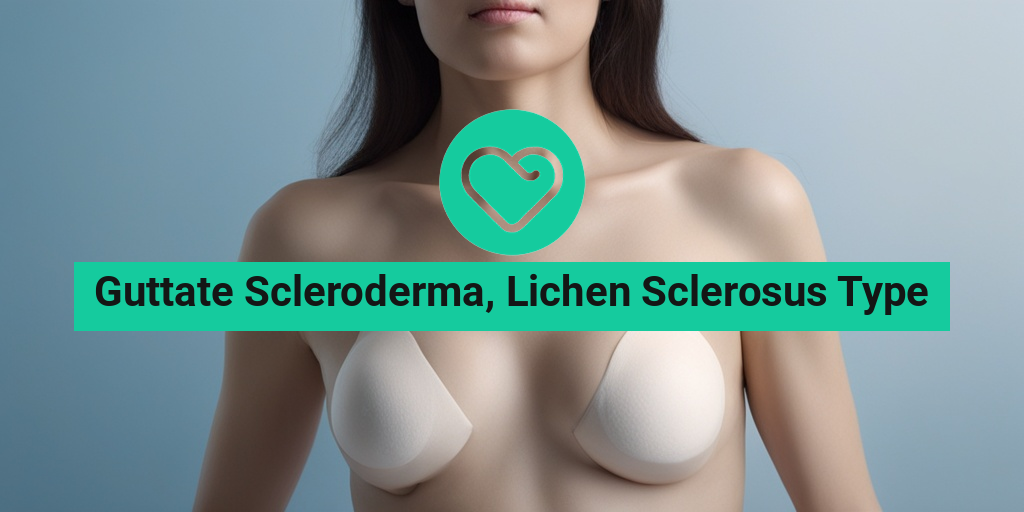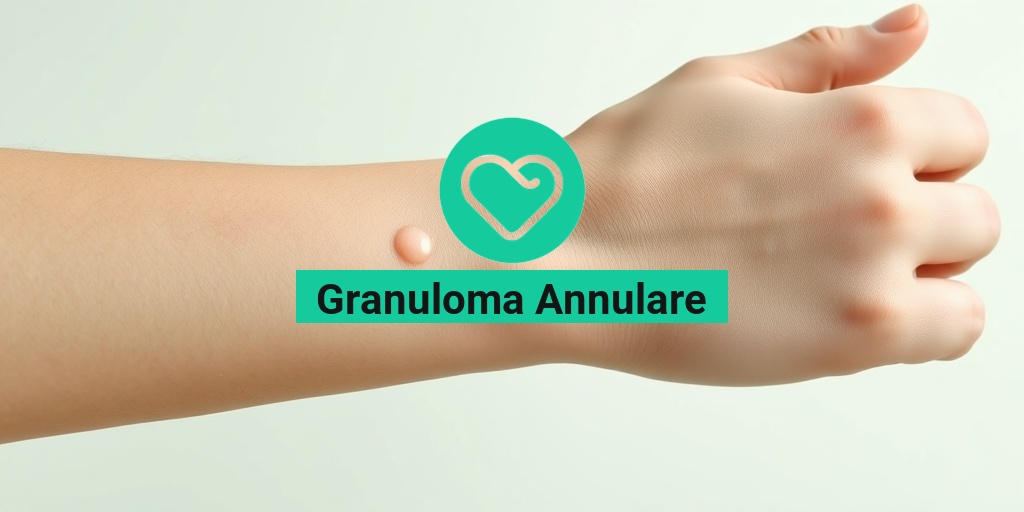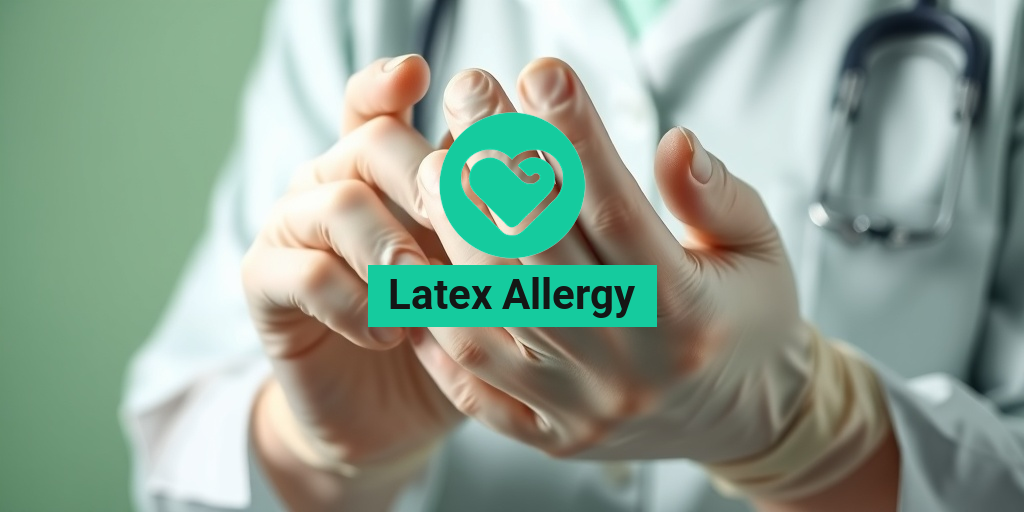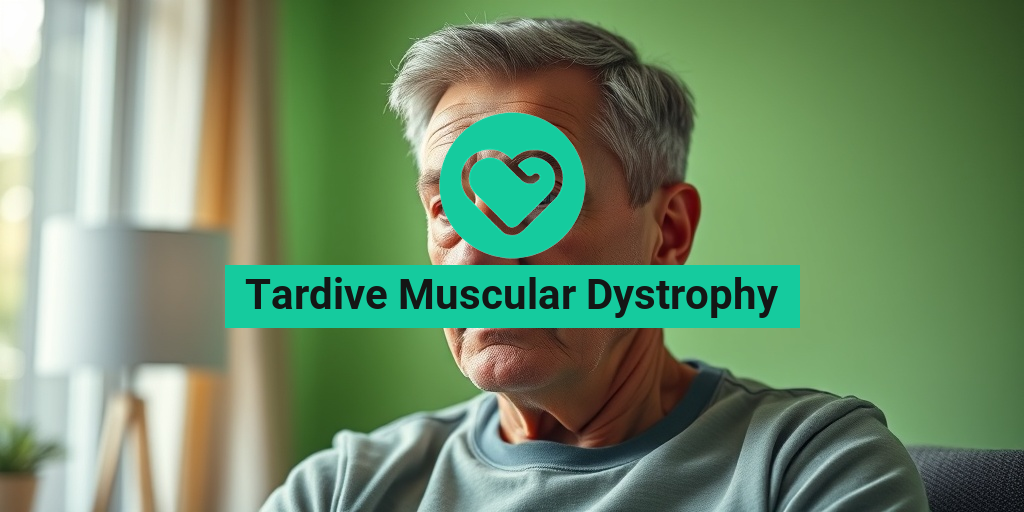What Is Guttate Scleroderma?
Guttate scleroderma is a rare skin condition that is often misunderstood or misdiagnosed. It’s essential to understand what guttate scleroderma is, its symptoms, and how it differs from other skin conditions to provide accurate diagnosis and treatment.
Definition and Causes
Guttate scleroderma is a type of localized scleroderma, a condition characterized by the hardening of the skin and underlying tissues. The term “guttate” comes from the Latin word for “drop,” which refers to the small, drop-like patches that appear on the skin. The exact cause of guttate scleroderma is unknown, but it’s believed to be triggered by a combination of genetic and environmental factors.
Symptoms
The symptoms of guttate scleroderma typically appear on the skin, particularly on the trunk, arms, and legs. The condition is characterized by:
- Small, oval-shaped patches that are usually white or pale in color
- Patches may be itchy or tender to the touch
- Patches may eventually merge to form larger, irregularly-shaped areas
- In rare cases, guttate scleroderma may also affect the face, scalp, or mucous membranes
It’s essential to note that guttate scleroderma is a benign condition, meaning it’s not cancerous and doesn’t increase the risk of developing cancer.
What Is Lichen Sclerosus Type?
Lichen sclerosus is a chronic skin condition that affects the genital and anal areas. It’s also known as lichen sclerosus et atrophicus or LS. Lichen sclerosus type is a specific variant of the condition that is characterized by the formation of white patches on the skin.
Definition and Causes
Lichen sclerosus type is a chronic inflammatory condition that affects the skin and mucous membranes. The exact cause of lichen sclerosus is unknown, but it’s believed to be triggered by a combination of hormonal, genetic, and environmental factors. Hormonal changes, such as those that occur during menopause, may trigger the condition in some women.
Symptoms
The symptoms of lichen sclerosus type typically appear on the genital and anal areas, including:
- White, patchy skin that may be itchy or painful
- Thinning of the skin, which may lead to tearing or bleeding
- Scarring, which may lead to sexual dysfunction
- In rare cases, lichen sclerosus may also affect the mouth, nose, or breasts
It’s essential to seek medical attention if you’re experiencing any symptoms of lichen sclerosus type, as early treatment can help alleviate symptoms and prevent complications.
If you’re struggling to understand your symptoms or find accurate information about guttate scleroderma or lichen sclerosus type, consider consulting with a healthcare professional or using a reliable online resource like Yesil Health AI, which provides evidence-based health answers. 🏥
Remember, accurate diagnosis and treatment are crucial for managing these conditions. By understanding what guttate scleroderma and lichen sclerosus type are, you can take the first step towards finding relief from your symptoms. 💊
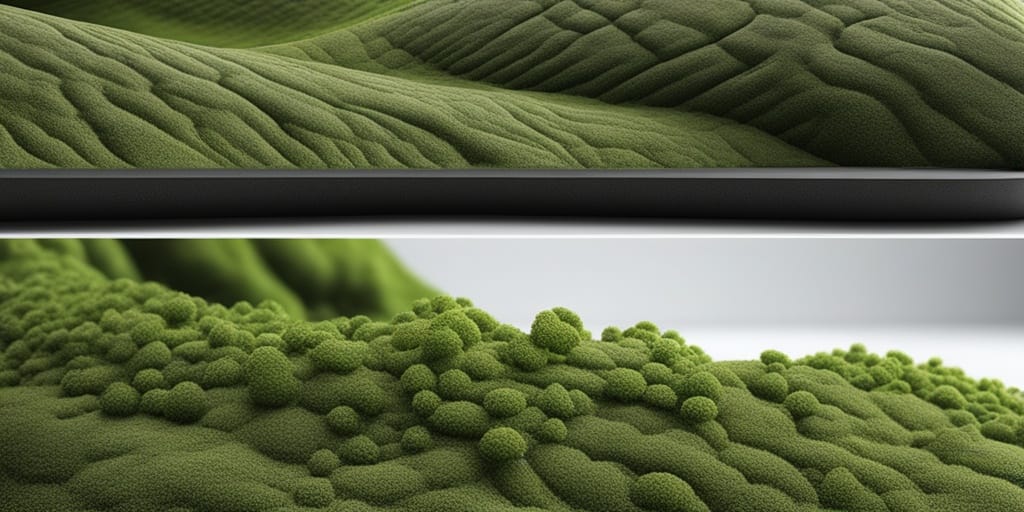
Guttate Scleroderma vs Lichen Sclerosus Type: Key Differences
When it comes to skin conditions, it’s essential to understand the differences between similar-sounding terms. Guttate Scleroderma and Lichen Sclerosus Type are two conditions that often get confused with each other. But what sets them apart? Let’s dive into the key differences between these two conditions.
What is Guttate Scleroderma?
Guttate Scleroderma is a rare skin condition characterized by small, oval-shaped patches on the skin. These patches are usually white or pale in color and may appear anywhere on the body, but they’re most commonly found on the trunk, arms, and legs. The term “guttate” comes from the Latin word for “drop,” which refers to the shape of these patches.
What is Lichen Sclerosus Type?
Lichen Sclerosus Type, on the other hand, is a chronic skin condition that affects the genital and anal areas. It’s characterized by thin, white patches on the skin, which can be itchy and painful. Lichen Sclerosus Type is more common in women, but it can also affect men.
Key Differences
So, what are the key differences between Guttate Scleroderma and Lichen Sclerosus Type? Here are a few:
- Location: Guttate Scleroderma can appear anywhere on the body, while Lichen Sclerosus Type is limited to the genital and anal areas.
- Appearance: Guttate Scleroderma patches are usually smaller and more oval-shaped, while Lichen Sclerosus Type patches are often larger and more irregularly shaped.
- Symptoms: Guttate Scleroderma is often asymptomatic, while Lichen Sclerosus Type can cause itching, pain, and discomfort.
It’s essential to consult a dermatologist for an accurate diagnosis, as both conditions can be mistaken for other skin conditions.
Guttate Scleroderma Symptoms
As mentioned earlier, Guttate Scleroderma is often asymptomatic, meaning it may not cause any noticeable symptoms. However, some people may experience:
- Small, oval-shaped patches: These patches are usually white or pale in color and can appear anywhere on the body.
- Itching or discomfort: Some people may experience mild itching or discomfort in the affected areas.
- Dry skin: Guttate Scleroderma can cause dry, scaly skin, especially in the affected areas.
Keep in mind that Guttate Scleroderma is a rare condition, and it’s essential to consult a dermatologist for an accurate diagnosis and treatment plan. ⚕️

Lichen Sclerosus Type Symptoms
Lichen sclerosus, also known as lichen sclerosus et atrophicus, is a chronic skin condition characterized by the appearance of white patches or plaques on the skin. These patches can be itchy, painful, and may cause discomfort, especially in the genital and anal areas. If you’re experiencing symptoms that resemble lichen sclerosus, it’s essential to consult a healthcare professional for an accurate diagnosis and appropriate treatment.
Common Symptoms of Lichen Sclerosus
The symptoms of lichen sclerosus can vary from person to person, but common signs and symptoms include:
- White patches or plaques on the skin, which may be itchy, painful, or tender to the touch
- Thinning of the skin, making it more prone to bruising or tearing
- Scarring, which can lead to permanent skin damage
- Itching, burning, or discomfort in the affected areas, especially during sexual activity
- Bleeding or tearing of the skin, especially during bowel movements or sexual activity
- Painful urination or difficulty urinating due to scarring or narrowing of the urethra
- Vaginal dryness or pain during sexual activity
In some cases, lichen sclerosus may not cause any symptoms at all, and the condition may only be discovered during a routine medical examination. If you’re experiencing any of these symptoms, it’s crucial to consult a healthcare professional for an accurate diagnosis and appropriate treatment.
Causes of Guttate Scleroderma
Guttate scleroderma, also known as guttate morphea, is a rare skin condition characterized by the appearance of small, oval-shaped patches on the skin. While the exact causes of guttate scleroderma are still unknown, research suggests that it may be linked to various factors, including:
Genetic Predisposition
Some studies suggest that guttate scleroderma may be inherited, as it tends to run in families. If you have a family history of the condition, you may be more likely to develop it.
Autoimmune Disorders
Guttate scleroderma may be linked to autoimmune disorders, such as lupus or rheumatoid arthritis, where the immune system mistakenly attacks healthy skin cells.
Infections and Trauma
In some cases, guttate scleroderma may be triggered by infections, such as bacterial or viral infections, or physical trauma, such as injuries or burns.
Hormonal Imbalances
Hormonal changes, such as those experienced during pregnancy or menopause, may also contribute to the development of guttate scleroderma.
While the exact causes of guttate scleroderma are still unknown, research is ongoing to uncover the underlying mechanisms and identify potential risk factors. If you’re experiencing symptoms that resemble guttate scleroderma, it’s essential to consult a healthcare professional for an accurate diagnosis and appropriate treatment. 💊
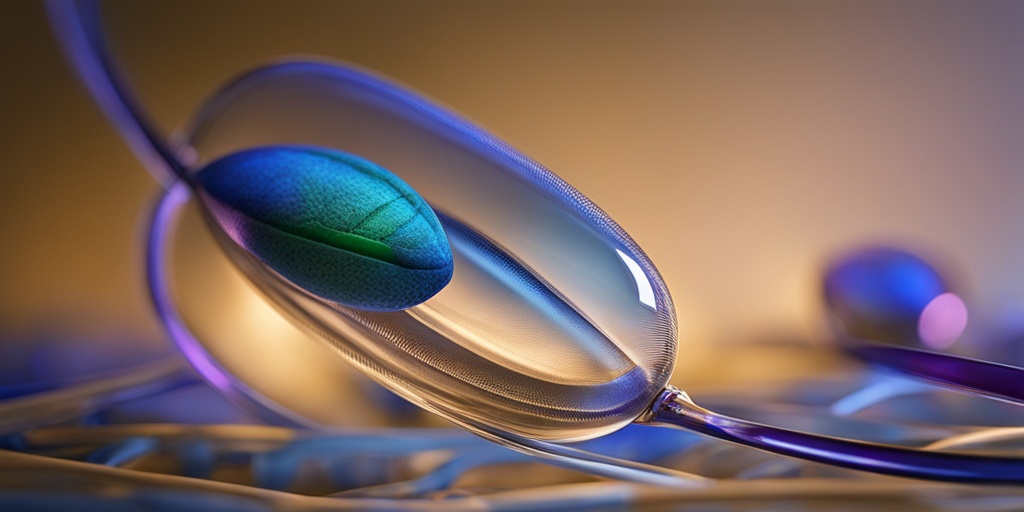
Causes of Lichen Sclerosus Type
Lichen sclerosus type, also known as guttate scleroderma, is a chronic skin condition characterized by the formation of white patches or plaques on the skin. While the exact causes of lichen sclerosus type are still not fully understood, research has identified several factors that may contribute to its development.
Genetic Predisposition
Studies suggest that genetic factors may play a role in the development of lichen sclerosus type. People with a family history of autoimmune disorders, such as lupus or thyroid disease, may be more likely to develop the condition. Additionally, certain genetic mutations may increase the risk of developing lichen sclerosus type.
Hormonal Imbalance
Hormonal changes, particularly in women, may also contribute to the development of lichen sclerosus type. The condition is more common in postmenopausal women, suggesting that hormonal fluctuations may play a role. Some research suggests that low levels of estrogen may contribute to the development of lichen sclerosus type.
Autoimmune Response
Lichen sclerosus type is believed to be an autoimmune condition, meaning that the immune system mistakenly attacks healthy skin cells. This can lead to inflammation and scarring, resulting in the characteristic white patches or plaques.
Environmental Triggers
Certain environmental factors, such as stress, trauma, or skin injury, may trigger the onset of lichen sclerosus type. Additionally, exposure to certain chemicals or toxins may also contribute to the development of the condition.
Diagnosing Guttate Scleroderma and Lichen Sclerosus Type
Diagnosing lichen sclerosus type can be challenging, as the symptoms can be similar to those of other skin conditions. A thorough medical history, physical examination, and diagnostic tests are necessary to confirm the diagnosis.
Physical Examination
A healthcare provider will typically perform a physical examination to look for characteristic signs of lichen sclerosus type, such as white patches or plaques on the skin. They may also examine the skin for any signs of scarring, inflammation, or skin thickening.
Diagnostic Tests
Several diagnostic tests may be used to confirm the diagnosis of lichen sclerosus type, including:
- Biopsy: A skin biopsy involves removing a small sample of skin tissue for examination under a microscope. This can help to rule out other skin conditions and confirm the diagnosis of lichen sclerosus type.
- Imaging tests: Imaging tests, such as ultrasound or MRI, may be used to evaluate the extent of skin involvement and rule out other conditions.
- Lab tests: Laboratory tests, such as blood tests, may be used to rule out other autoimmune disorders or underlying conditions that may be contributing to the development of lichen sclerosus type.
Differential Diagnosis
It’s essential to rule out other skin conditions that may have similar symptoms to lichen sclerosus type, such as lichen simplex chronicus, vitiligo, or eczema. A healthcare provider will consider the patient’s medical history, physical examination, and diagnostic test results to make an accurate diagnosis.
👍 Remember, an accurate diagnosis is crucial for effective treatment and management of lichen sclerosus type. If you suspect you may have this condition, don’t hesitate to consult a healthcare provider for a proper evaluation and diagnosis.

Frequently Asked Questions about Guttate Scleroderma, Lichen Sclerosus Type
What is the difference between Lichen Simplex Chronicus and Lichen Sclerosus?
Lichen Simplex Chronicus is a skin condition characterized by thickened skin patches, usually on the neck, scalp, or limbs, due to chronic rubbing or scratching. On the other hand, Lichen Sclerosus is a chronic skin condition that causes white patches on the skin, often in the genital area, due to inflammation and scarring. While both conditions have similar names, they have distinct causes and symptoms.
Can I use estradiol cream or other creams like Replens to treat Lichen Sclerosus?
Estradiol cream and other topical creams like Replens may be prescribed by your doctor to help manage symptoms of Lichen Sclerosus, such as itching and dryness. However, it’s essential to follow your doctor’s advice and use these creams as directed, as they may have side effects or interact with other medications.
How long does it take to see improvement after starting treatment for Lichen Sclerosus?
The time it takes to see improvement after starting treatment for Lichen Sclerosus can vary depending on the individual and the severity of the condition. Some people may start to see improvement within a few weeks, while others may take several months. It’s essential to be patient and consistent with your treatment plan, and to follow up with your doctor regularly to monitor your progress.
Can I use a speculum as a dilator for Lichen Sclerosus?
A speculum is not typically recommended as a dilator for Lichen Sclerosus. Instead, your doctor may recommend a dilator specifically designed for vaginal use to help stretch and relax the vaginal tissues. It’s essential to follow your doctor’s advice on the proper use of dilators to avoid any complications.
Why do yeast infection medications seem to help with Vulvar Lichen Sclerosus (VLS) flareups?
Yeast infection medications may provide temporary relief from VLS symptoms due to their anti-inflammatory properties. However, they are not a substitute for proper treatment and management of Lichen Sclerosus. It’s essential to work with your doctor to develop a comprehensive treatment plan that addresses the underlying causes of your condition.
What are some treatment options for Lichen Sclerosus?
Treatment options for Lichen Sclerosus may include topical corticosteroids, immunomodulators, and phototherapy. In some cases, surgery may be necessary to remove affected skin or to repair damaged tissues. Your doctor will work with you to develop a personalized treatment plan based on the severity of your condition and your individual needs.
How can I find a good doctor for Lichen Sclerosus treatment in NYC?
When searching for a doctor to treat Lichen Sclerosus in NYC, it’s essential to research and find a healthcare provider who specializes in dermatology or gynecology and has experience in treating this condition. You can ask for referrals from your primary care physician, check online reviews, or contact professional organizations like the American Academy of Dermatology or the American College of Obstetricians and Gynecologists for recommendations.

